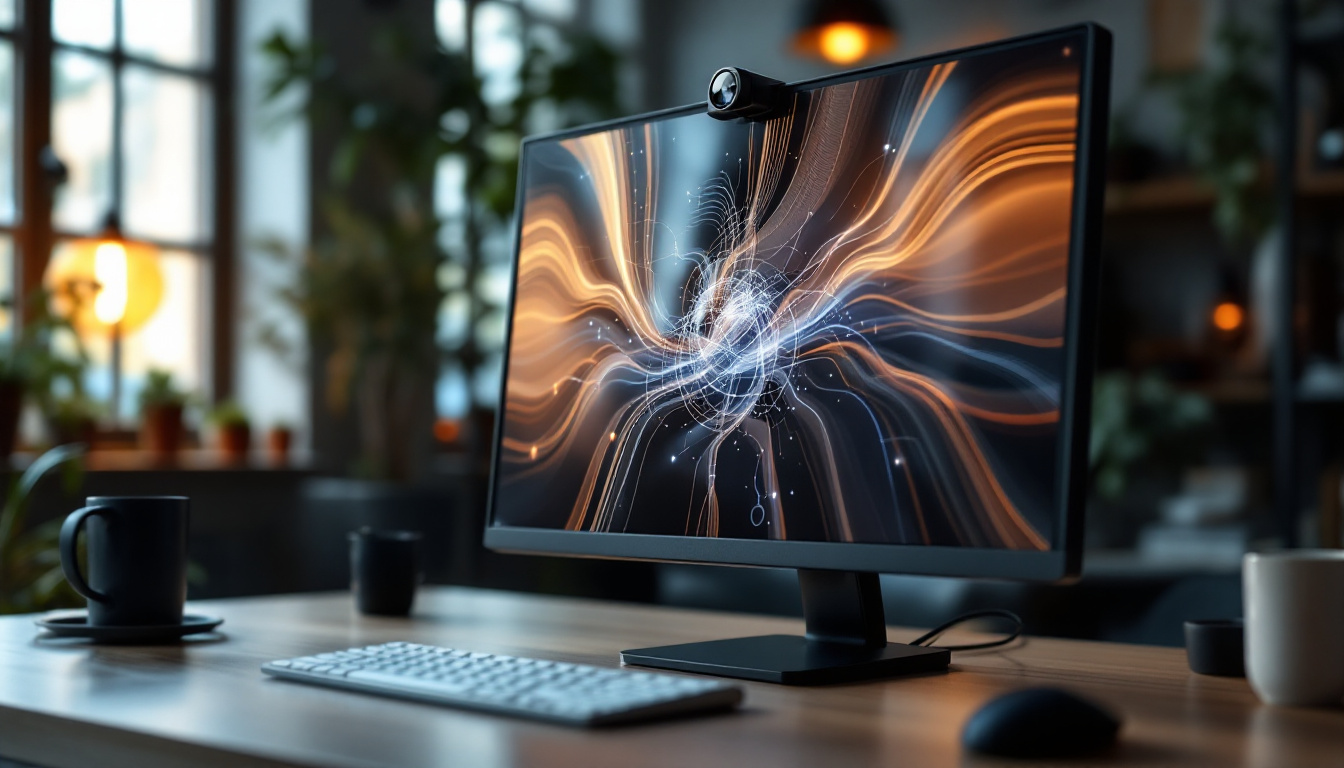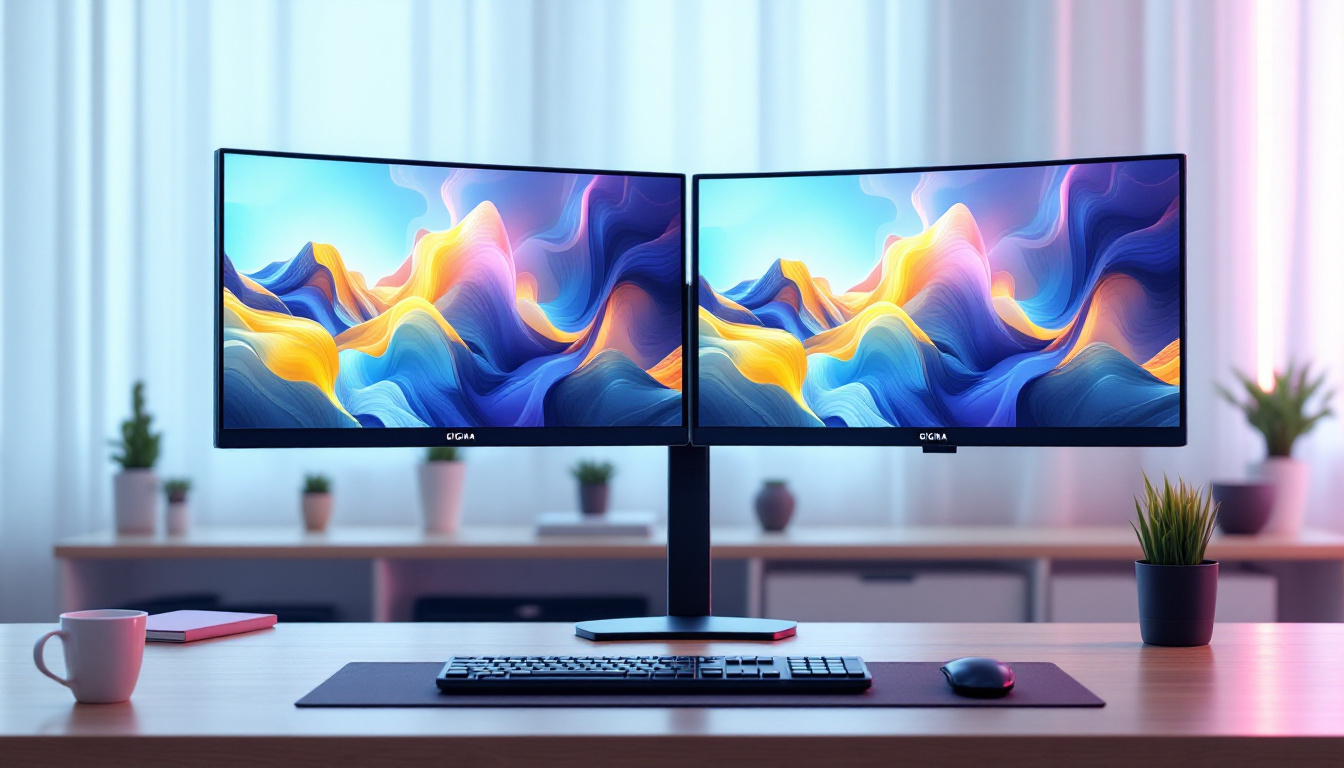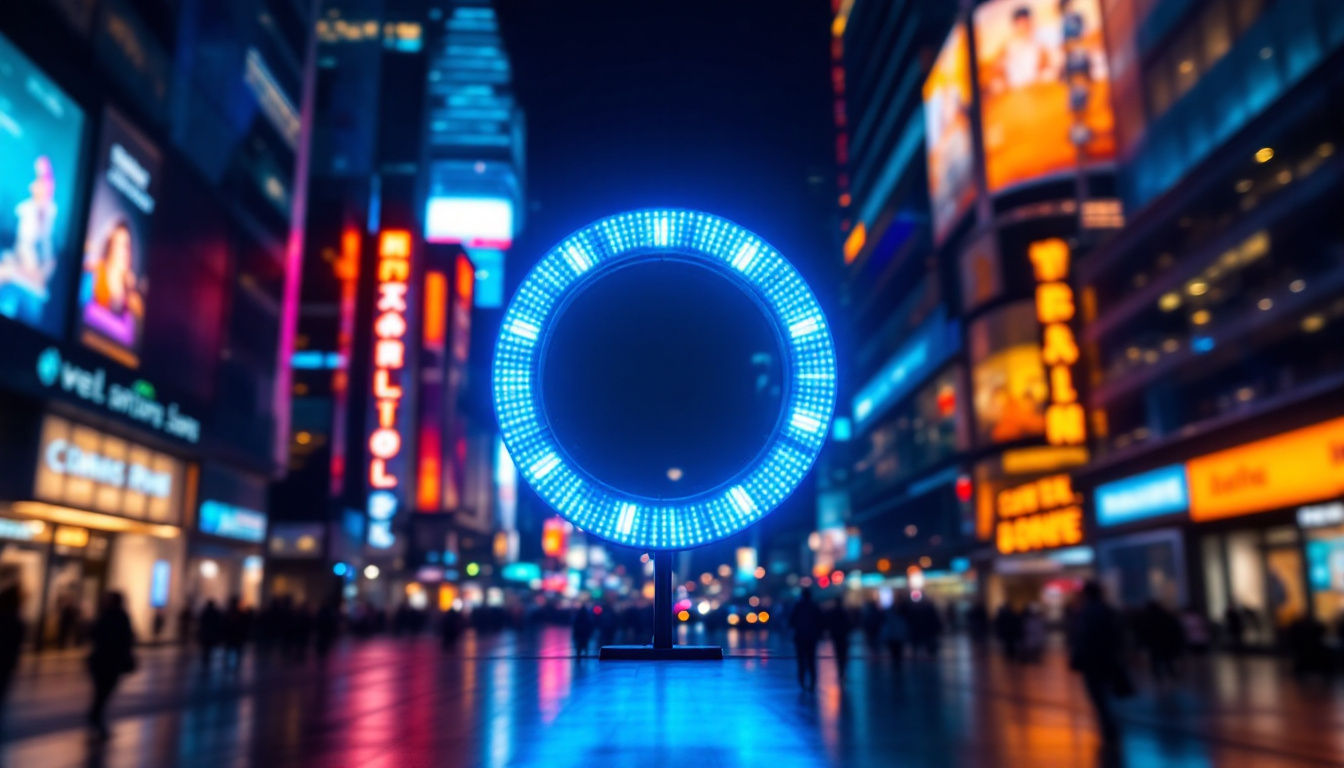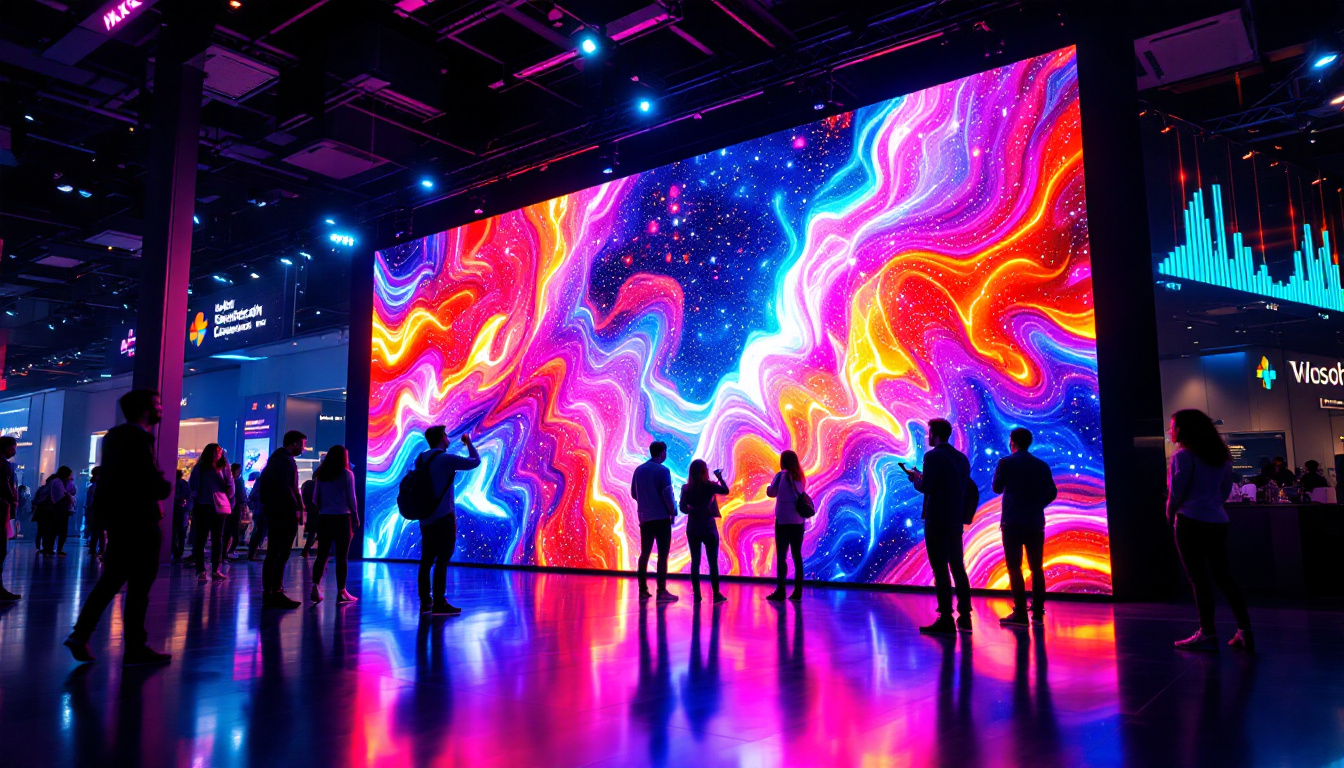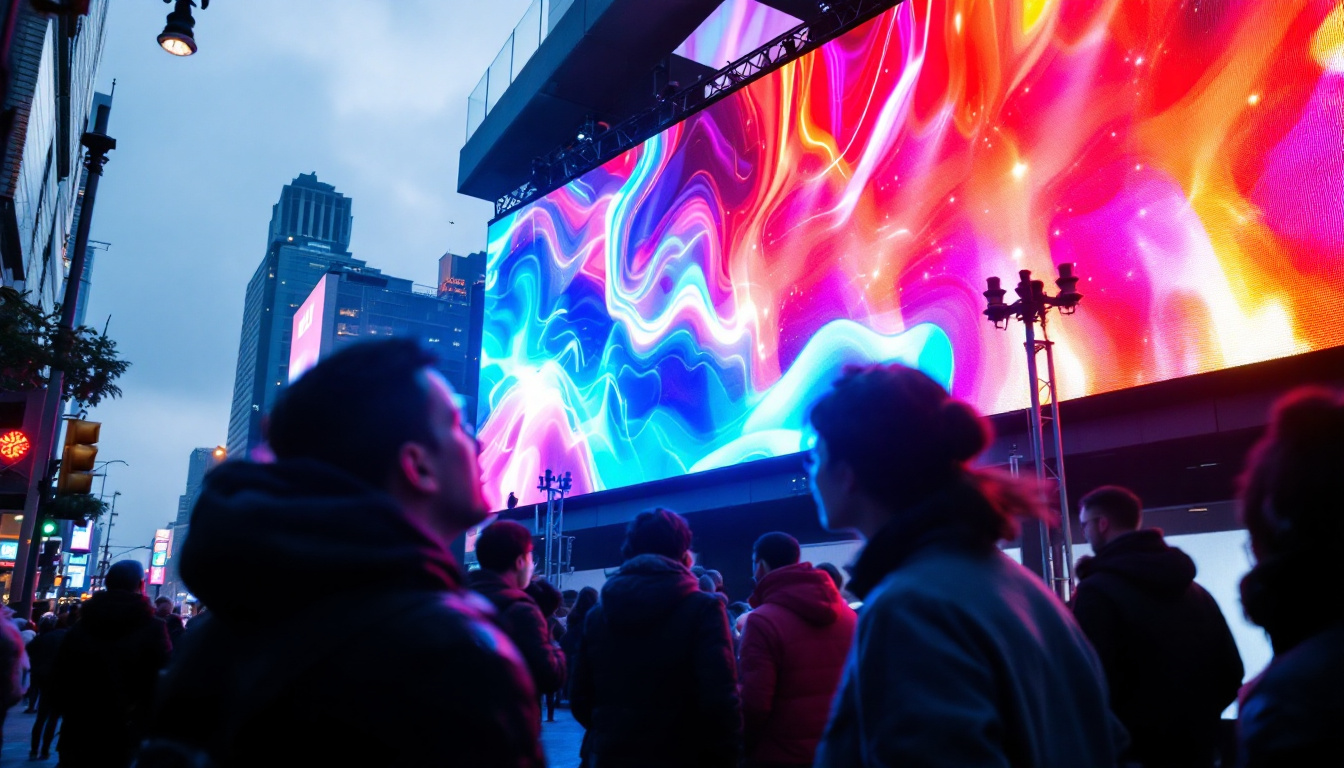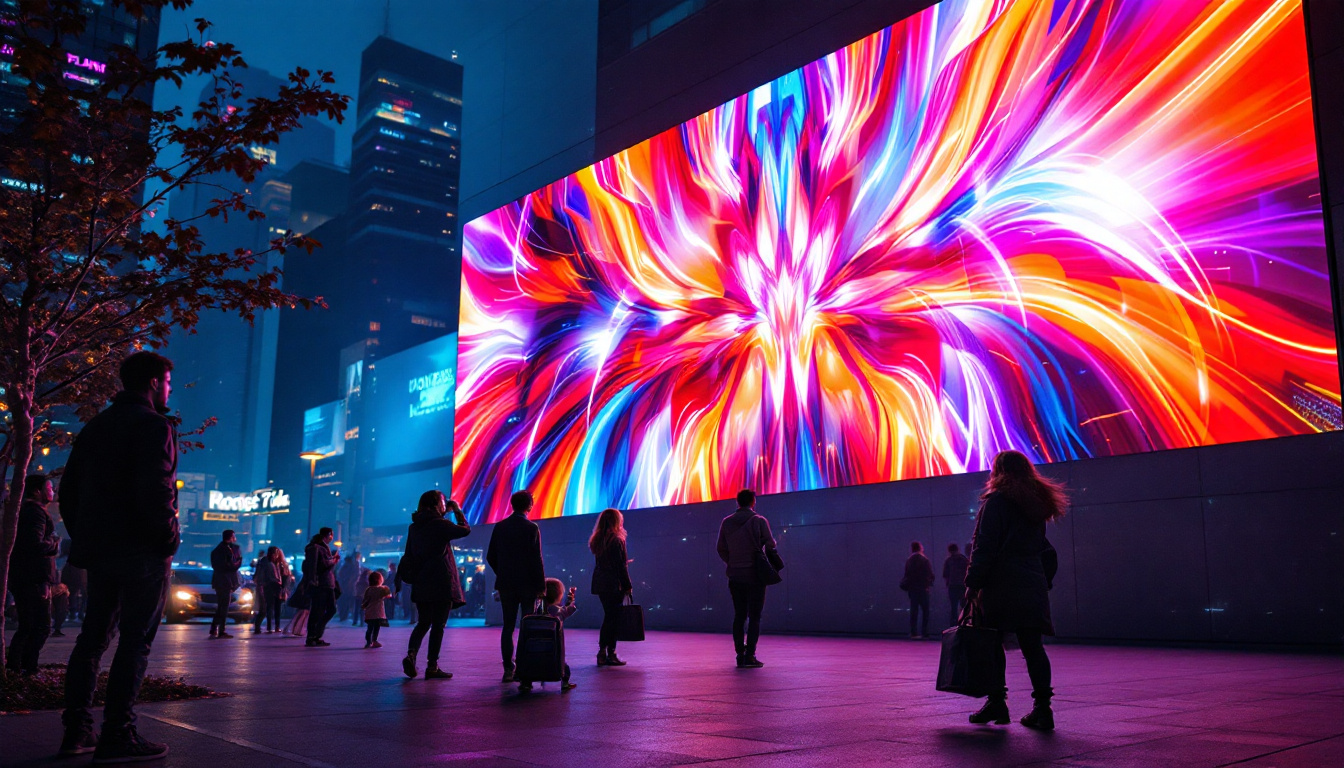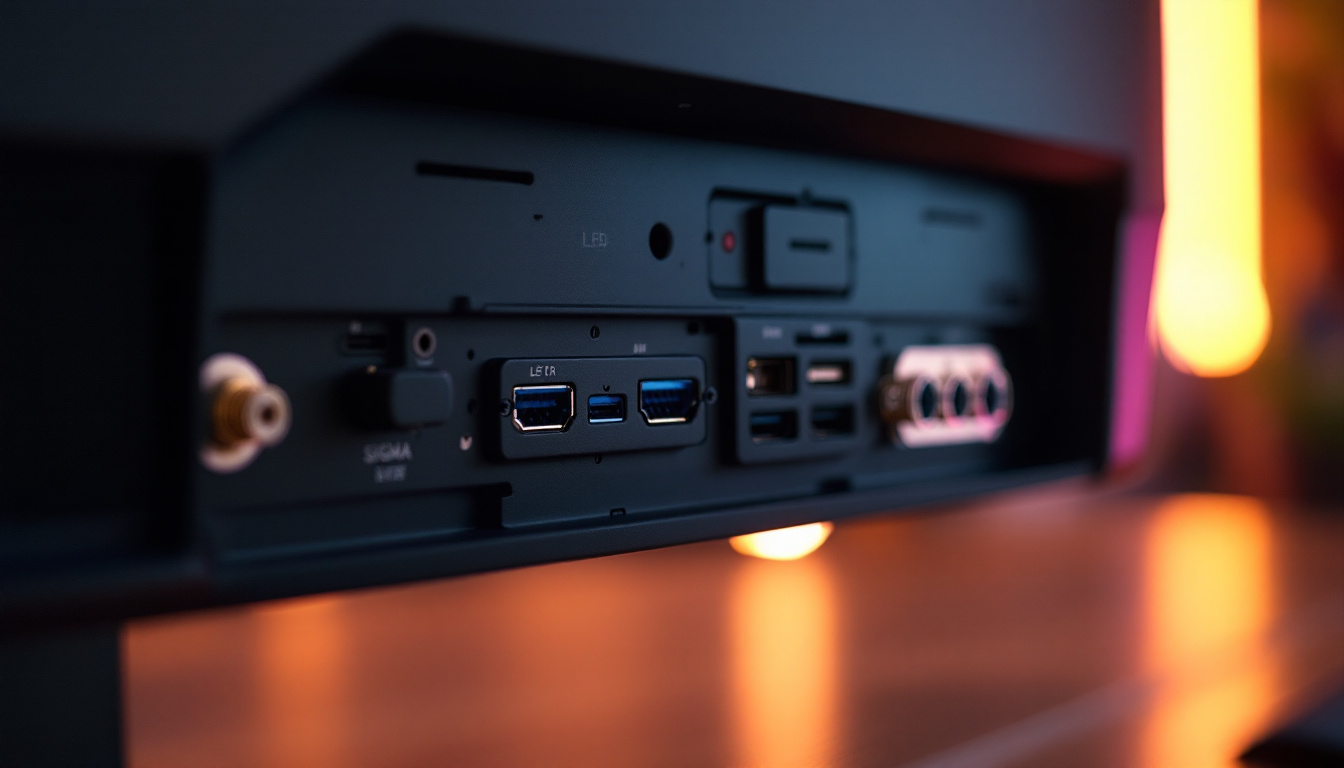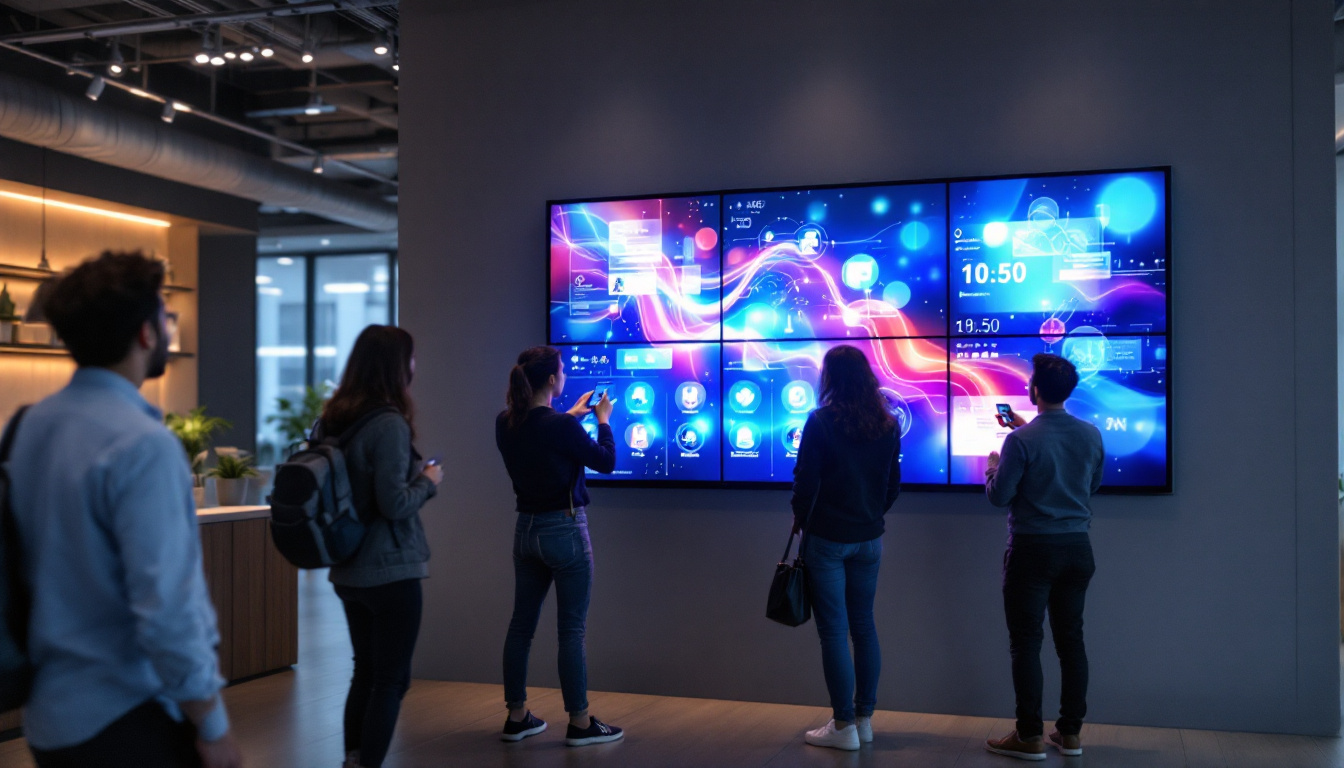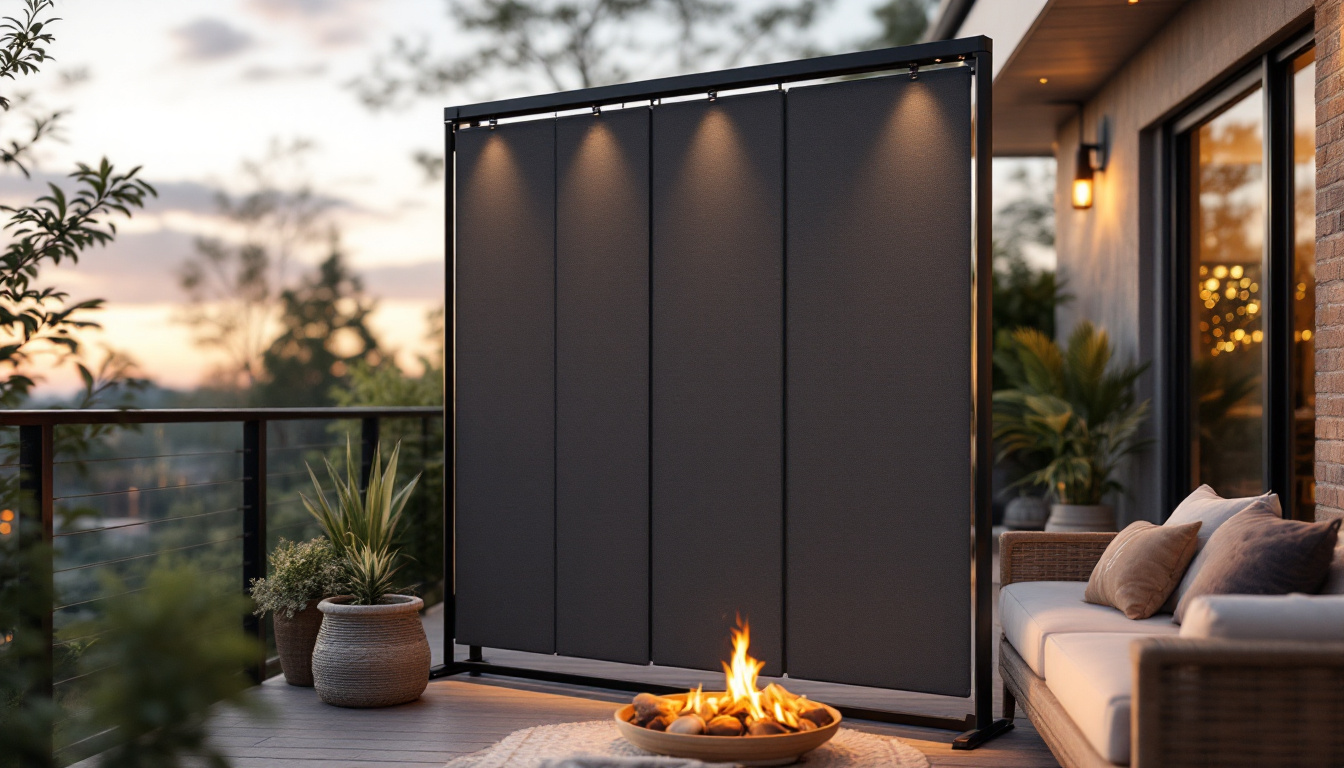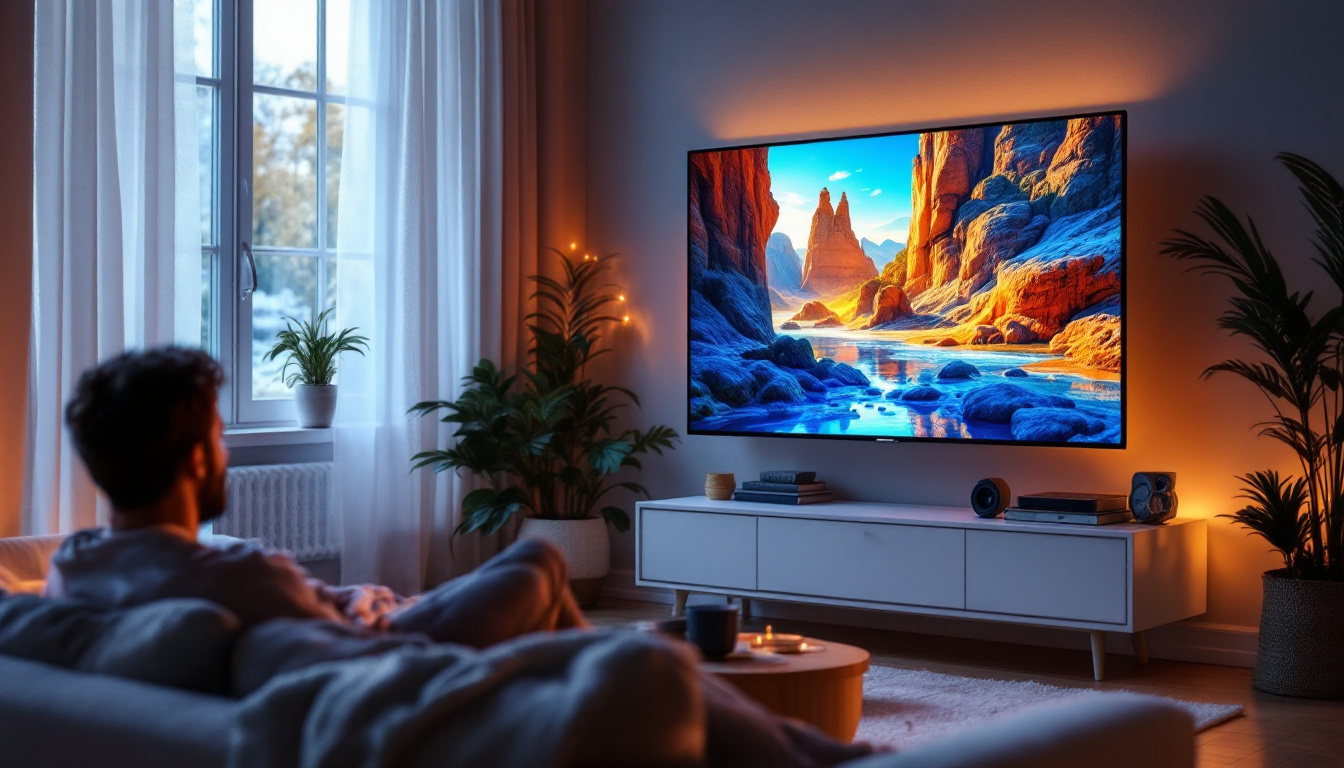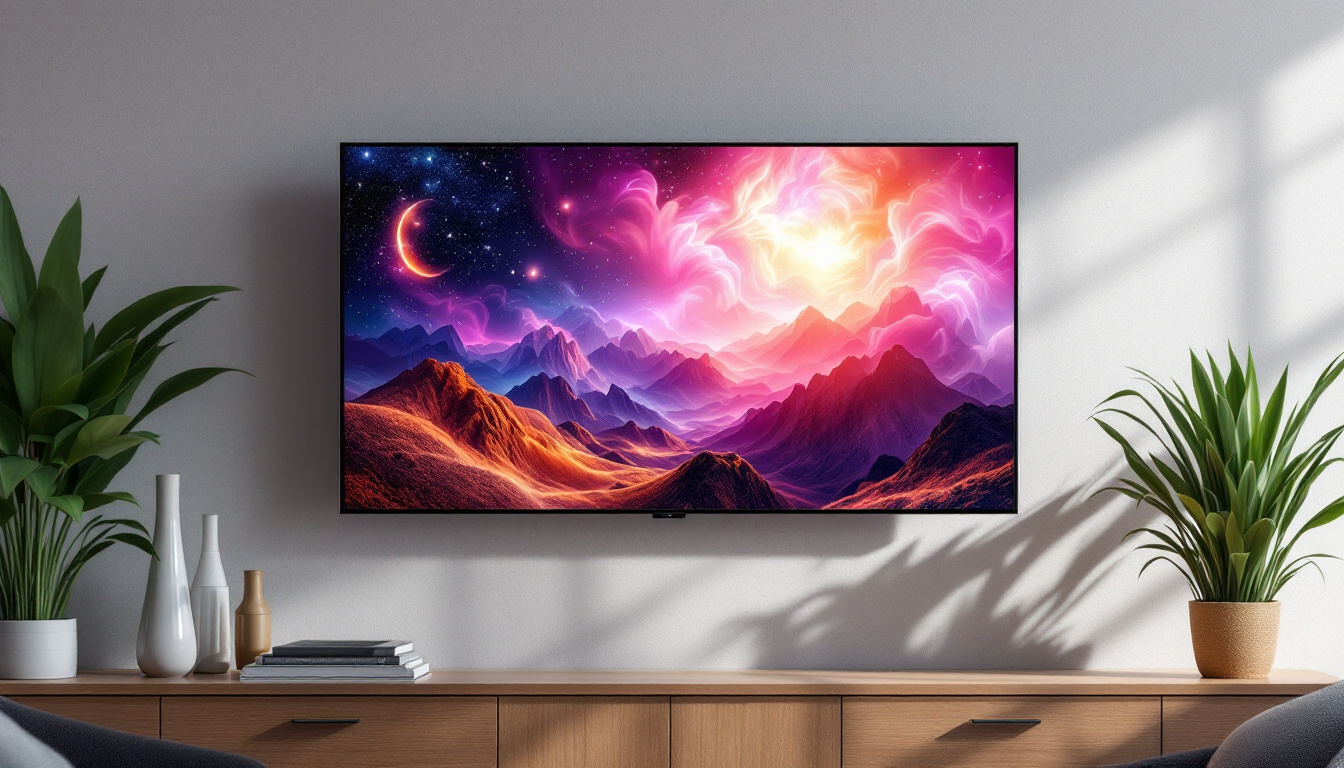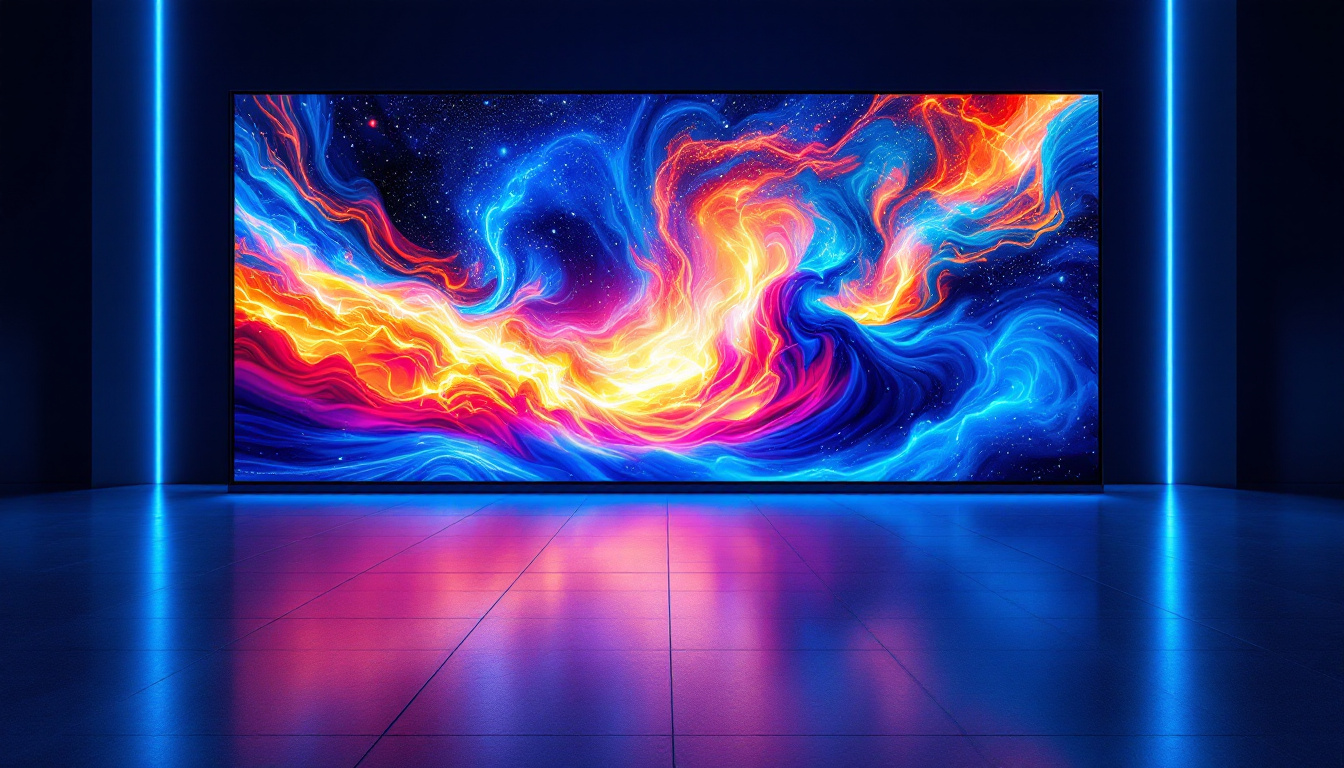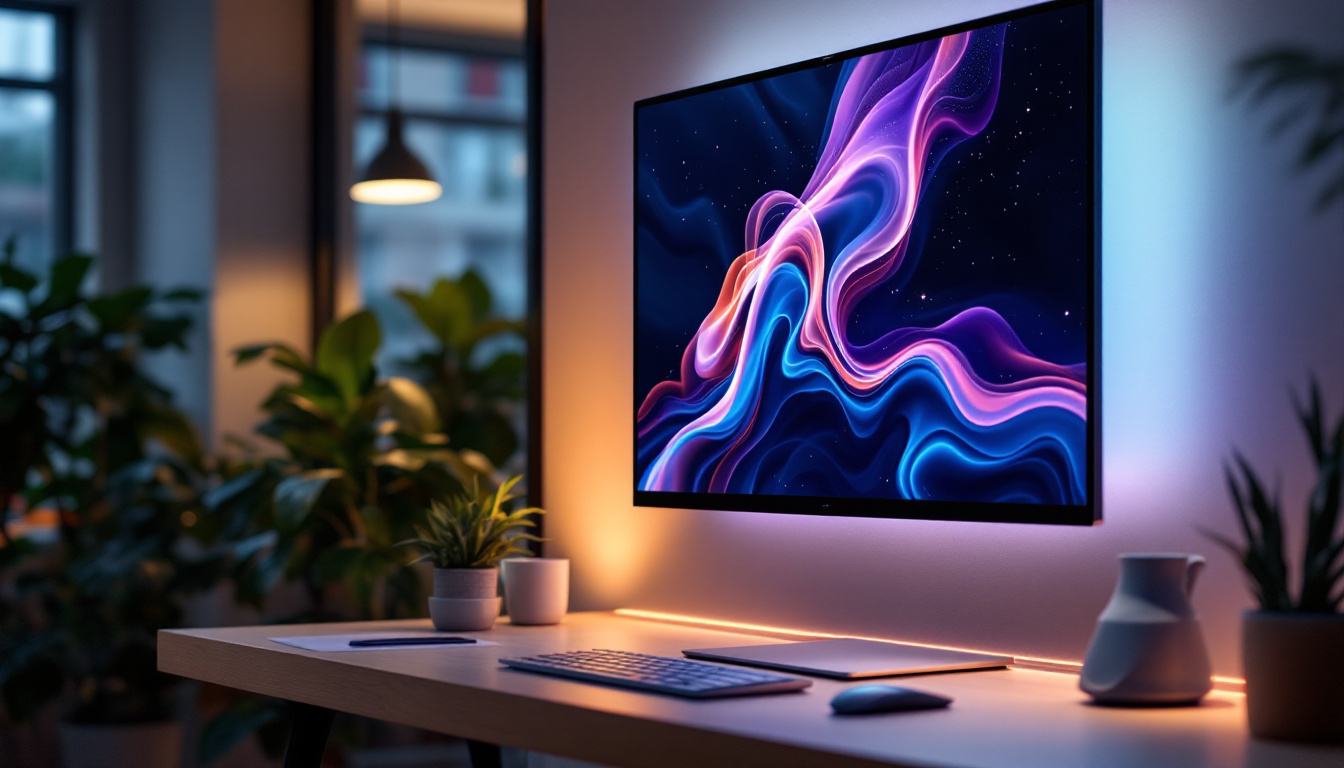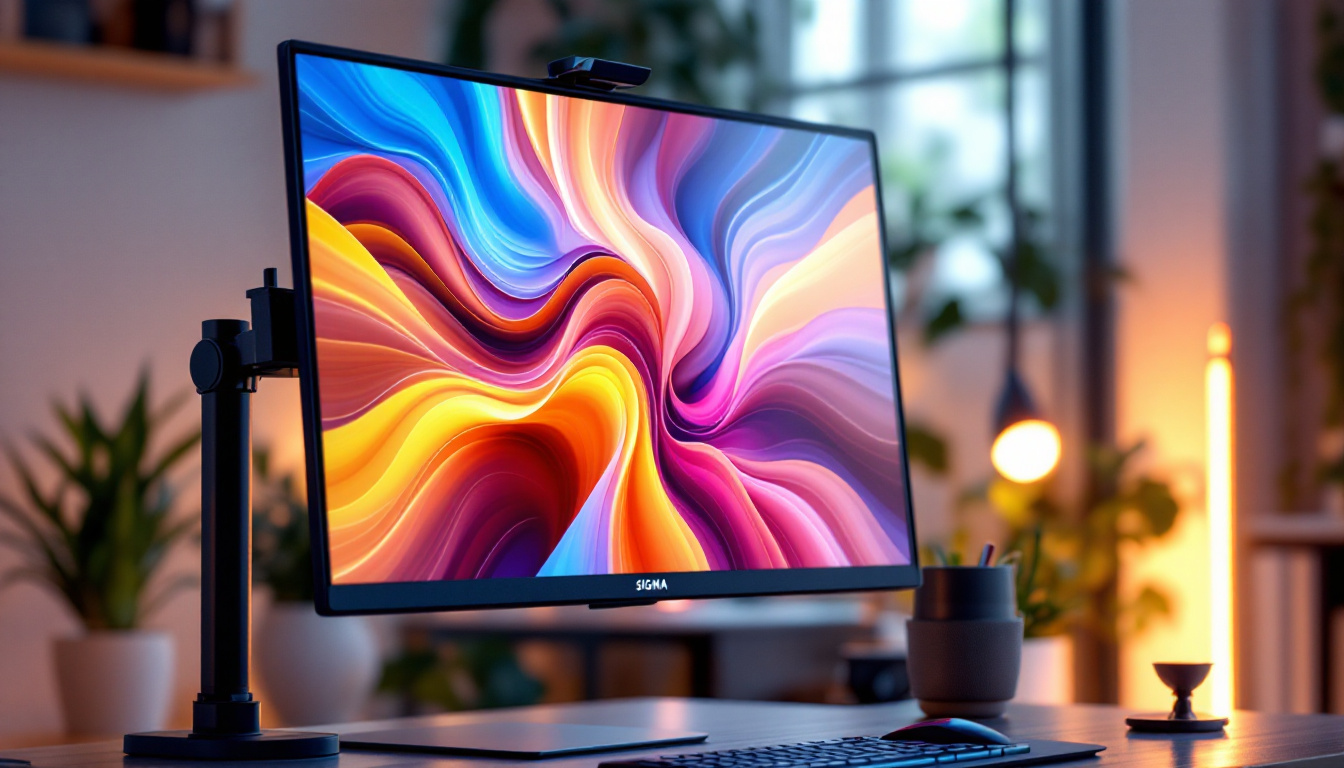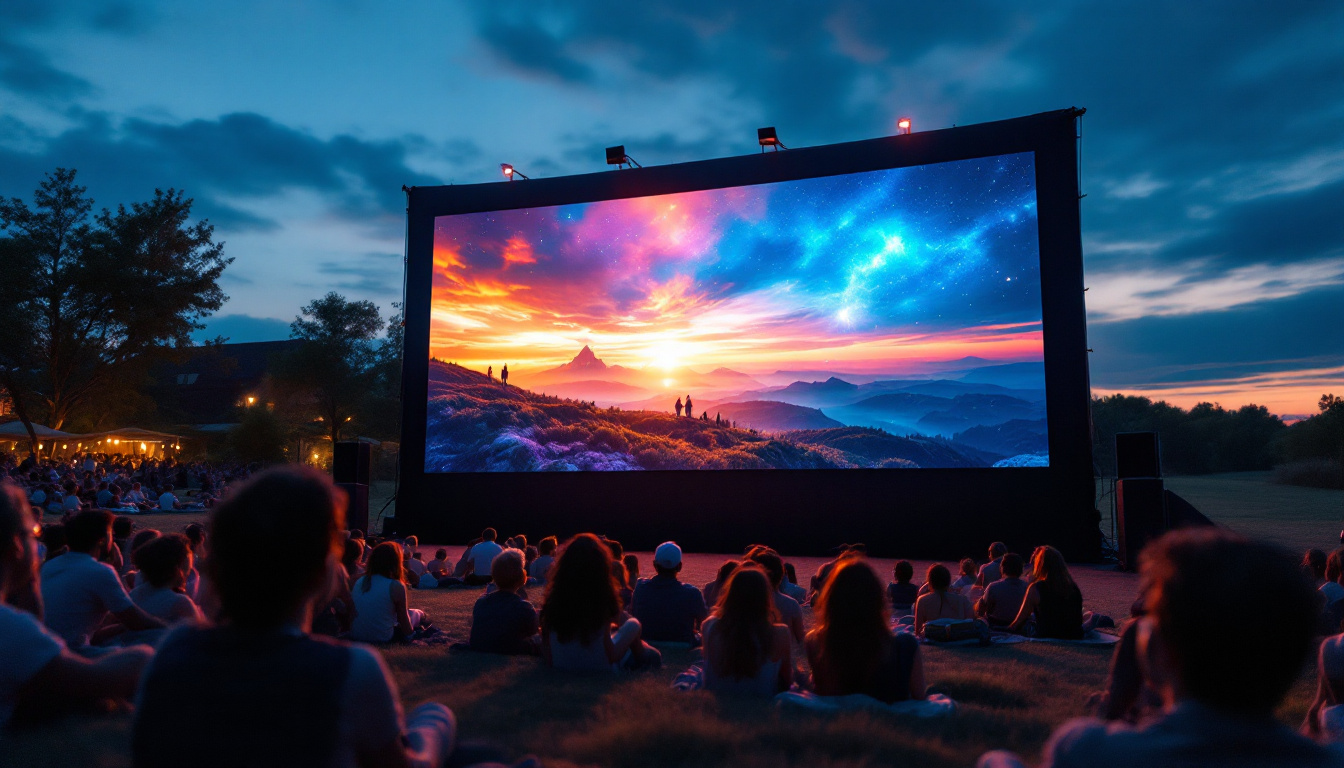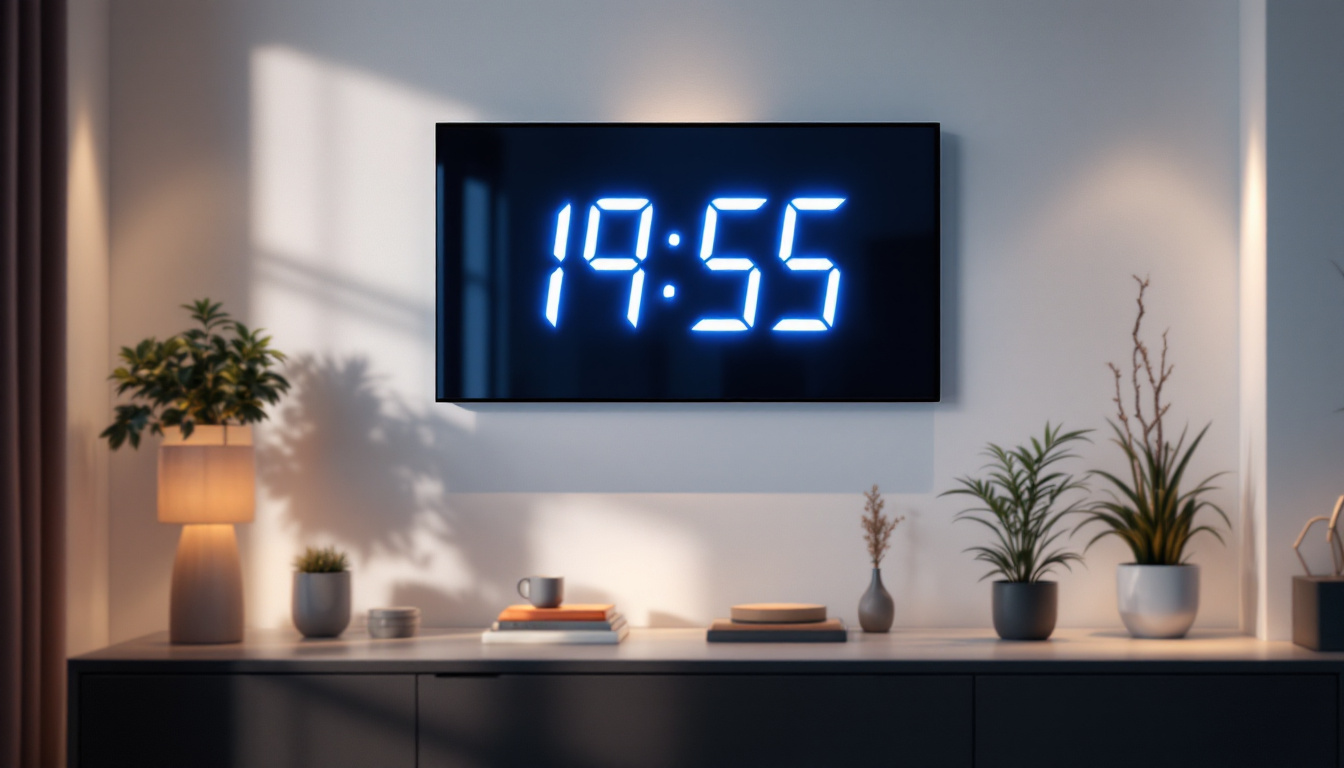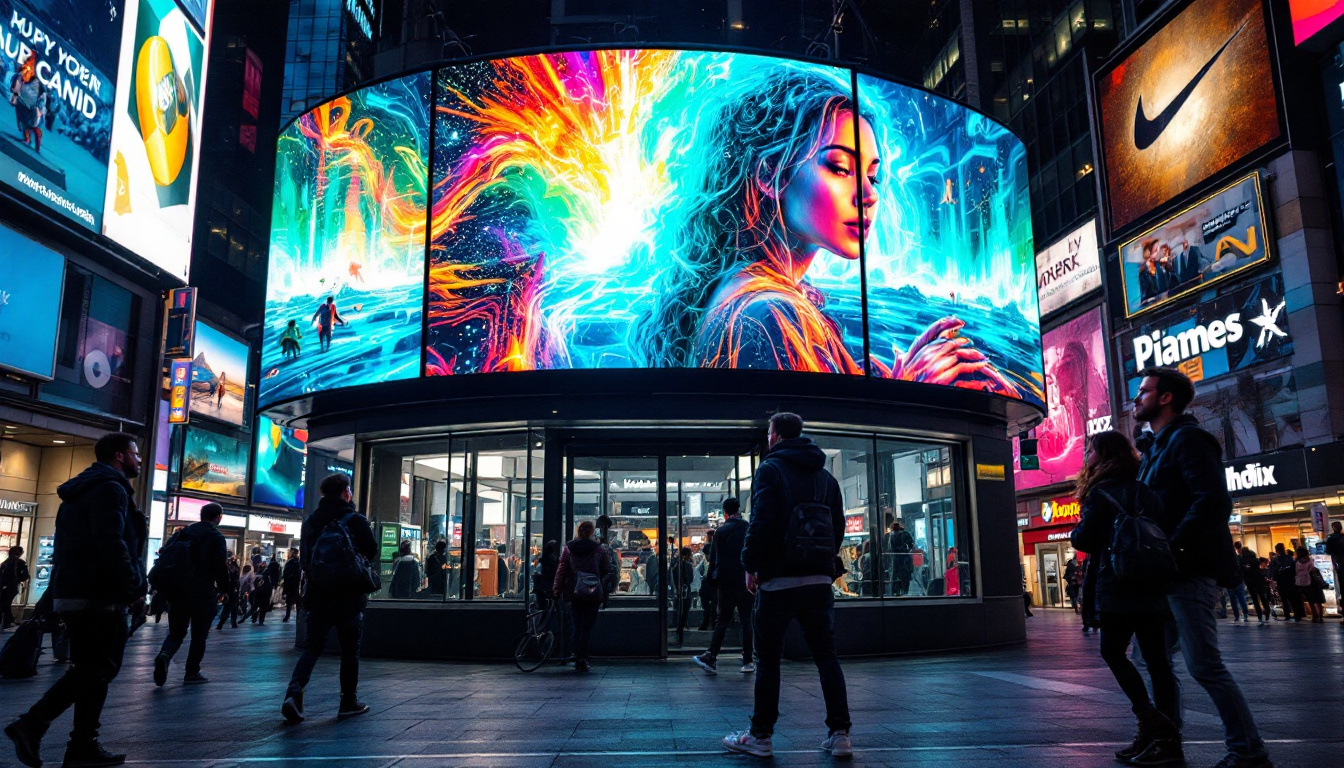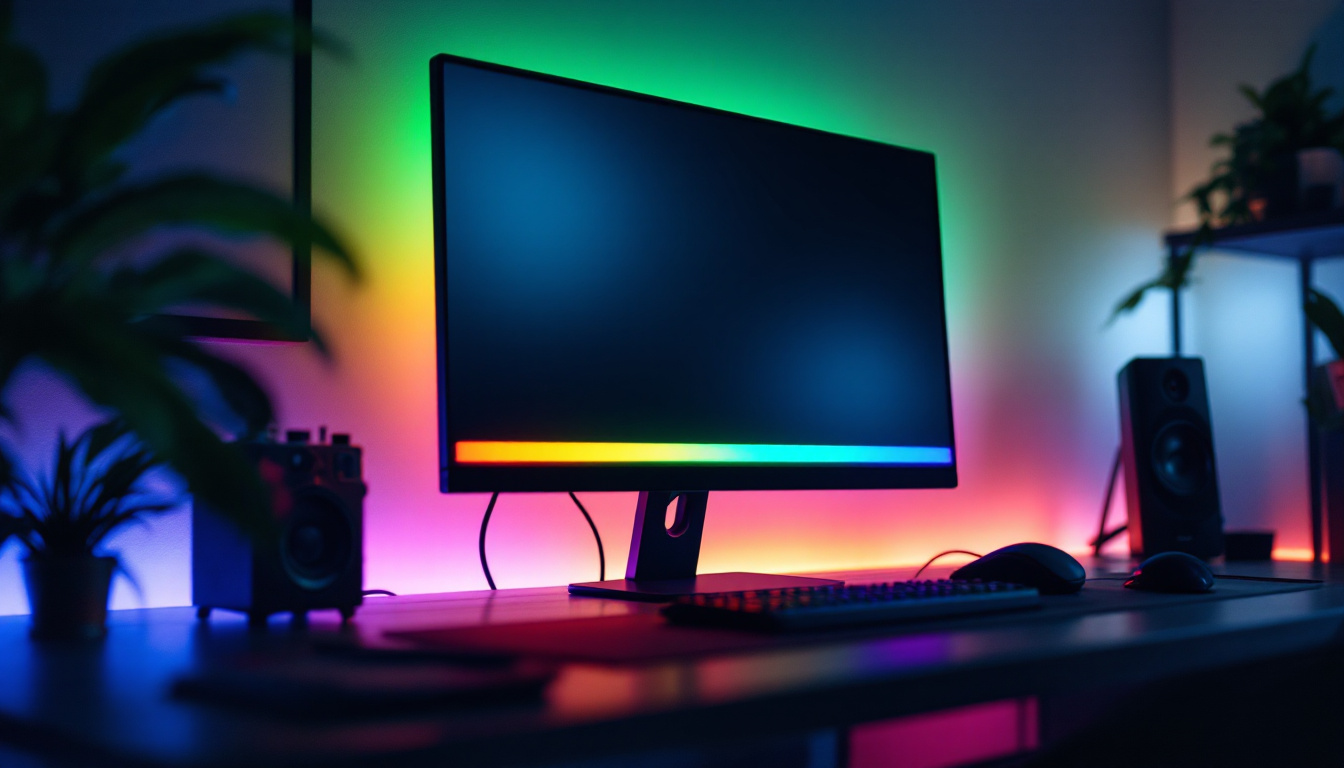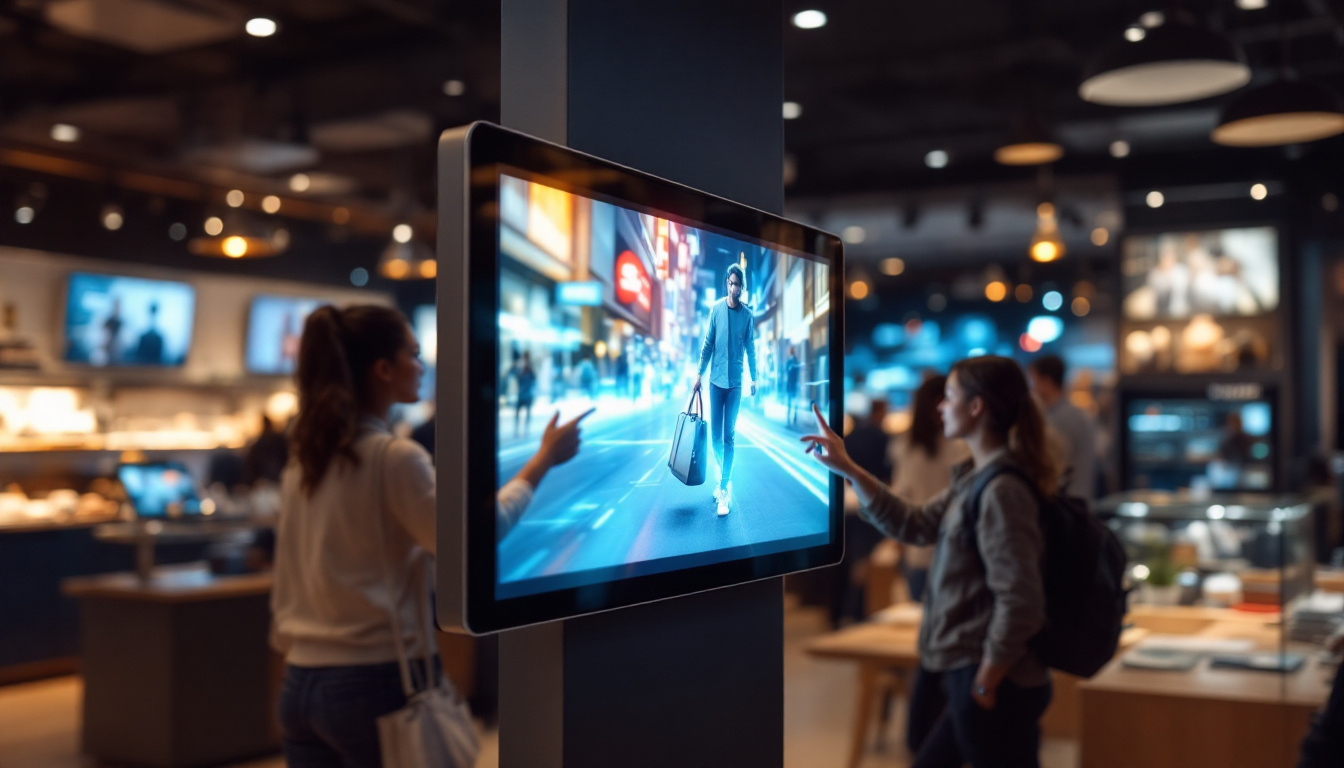In today’s fast-paced digital world, the integration of technology into everyday devices has become a norm. One such innovation is the monitor with a built-in camera. This combination not only enhances the user experience but also caters to the growing need for remote communication, especially in the wake of recent global events. This article delves into the features, benefits, and considerations of monitors equipped with built-in cameras, particularly focusing on LED displays.
Understanding LED Displays
LED, or Light Emitting Diode, displays have revolutionized the way we view content on screens. Unlike traditional LCDs, LED monitors utilize a backlight made up of numerous tiny diodes, which results in brighter images, improved contrast, and more vibrant colors. These displays are not only energy-efficient but also offer a slimmer profile, making them an ideal choice for modern workspaces. The technology behind LED displays has advanced significantly, allowing for innovations such as curved screens and ultra-high-definition resolutions that enhance the viewing experience even further.
Benefits of LED Technology
One of the primary advantages of LED displays is their superior energy efficiency. They consume less power compared to their LCD counterparts, which translates to lower electricity bills and a reduced carbon footprint. Additionally, LED monitors provide better brightness and color accuracy, making them suitable for a variety of tasks, from graphic design to gaming. The rapid response time of LED displays also contributes to smoother motion rendering, which is particularly beneficial for fast-paced gaming and action films.
Another notable benefit is the longevity of LED displays. With a lifespan that can exceed 50,000 hours, these monitors are built to last, minimizing the need for frequent replacements. This durability is particularly appealing for businesses and individuals looking to invest in reliable technology. Moreover, many LED displays come with features like flicker-free technology and blue light filters, which help reduce eye strain during prolonged use, making them a healthier choice for users who spend long hours in front of screens.
Types of LED Displays
LED displays come in various types, including edge-lit, backlit, and OLED. Edge-lit displays use LEDs positioned along the edges of the screen, while backlit displays have a full array of LEDs behind the screen, providing more uniform lighting. OLED (Organic Light Emitting Diode) displays take it a step further by allowing each pixel to emit its own light, resulting in exceptional color depth and contrast ratios. This capability enables OLED screens to achieve true blacks, as individual pixels can be turned off completely, enhancing the overall visual experience.
Each type has its own advantages and is suited for different applications. For instance, edge-lit displays are often thinner and lighter, making them ideal for portable setups, while backlit displays offer superior image quality, making them a favorite for professional use. Additionally, the versatility of LED technology allows for creative applications, such as digital signage and large-scale video walls, which are increasingly used in advertising and entertainment venues to capture audience attention with stunning visuals. As the technology continues to evolve, we can expect even more innovative uses for LED displays in our daily lives.
The Integration of Cameras in Monitors
As remote work and virtual meetings have become commonplace, the demand for monitors with built-in cameras has surged. These monitors eliminate the need for separate webcams, providing a seamless solution for video conferencing and online collaboration.
Convenience and Space-Saving
Having a built-in camera means less clutter on the desk. Users no longer need to worry about finding a suitable spot for an external webcam, which can often be cumbersome and require additional setup. The integrated camera is typically positioned at the top of the monitor, ensuring optimal framing during video calls.
Moreover, this design not only saves space but also enhances the aesthetic appeal of the workspace. A clean, streamlined setup can contribute to a more productive environment, allowing users to focus on their tasks without unnecessary distractions. The integration of cameras into monitors also reflects a growing trend towards minimalism in office design, where functionality meets style. Many users appreciate the sleek look of a monitor with a built-in camera, as it aligns with their desire for a modern workspace that is both efficient and visually pleasing.
Enhanced Video Quality
Modern monitors with built-in cameras often come equipped with high-definition capabilities, ensuring clear and crisp video quality during calls. Many models also feature advanced technologies such as facial recognition and auto-focus, which can significantly improve the user experience. These features help maintain a professional appearance during meetings, even in less-than-ideal lighting conditions.
Additionally, some monitors incorporate noise-canceling microphones, further enhancing audio quality. This combination of high-quality video and audio makes built-in camera monitors an excellent choice for professionals who rely on virtual communication. Furthermore, as technology evolves, many manufacturers are now integrating artificial intelligence into these systems, allowing for features such as background blurring or virtual backgrounds that can help maintain privacy and professionalism. This capability is particularly useful for those working from home, where the backdrop may not always be suitable for a business meeting. Such innovations not only elevate the quality of virtual interactions but also empower users to present themselves in the best possible light, regardless of their physical environment.
Key Features to Look For
When considering a monitor with a built-in camera, several key features should be taken into account. These features can significantly impact the overall user experience and functionality of the device.
Resolution and Display Quality
The resolution of the monitor is crucial for both visual clarity and the quality of the built-in camera. Look for monitors that offer at least Full HD (1920×1080) resolution. For those who require even higher detail, 4K monitors (3840×2160) provide exceptional clarity, making them ideal for graphic design, video editing, and other visually demanding tasks.
In addition to resolution, consider the display technology. IPS (In-Plane Switching) panels are known for their superior color accuracy and wide viewing angles, making them a popular choice for creative professionals. A monitor that combines an IPS panel with a high-resolution camera can provide an outstanding visual experience.
Camera Specifications
Not all built-in cameras are created equal. When evaluating a monitor, pay attention to the camera’s specifications, such as resolution, frame rate, and features like auto-focus and low-light performance. A 1080p camera with a frame rate of at least 30 frames per second is generally sufficient for smooth video calls.
Additionally, consider whether the camera includes privacy features, such as a physical shutter or software controls. These features can provide peace of mind for users concerned about privacy and security during video calls.
Connectivity Options
Connectivity is another essential factor to consider. Ensure that the monitor offers a variety of ports, including HDMI, DisplayPort, and USB-C, to accommodate different devices. Some monitors even come with built-in USB hubs, allowing users to connect peripherals directly to the monitor, further reducing desk clutter.
Wireless connectivity options, such as Bluetooth and Wi-Fi, can also enhance the functionality of the monitor. These features enable seamless integration with other devices, making it easier to share content and collaborate with others.
Considerations for Choosing the Right Monitor
While the benefits of monitors with built-in cameras are evident, choosing the right one requires careful consideration of individual needs and preferences. Here are some factors to keep in mind when making a decision.
Intended Use
The intended use of the monitor plays a significant role in the selection process. For professionals who primarily engage in video conferencing, a monitor with a high-quality camera and excellent audio capabilities should be prioritized. On the other hand, graphic designers or gamers may prioritize display quality and resolution over camera specifications.
Understanding the primary use case will help narrow down options, ensuring that the chosen monitor meets specific requirements without overspending on unnecessary features.
Budget Constraints
Budget is always a consideration when purchasing technology. Monitors with built-in cameras can vary significantly in price, depending on features and specifications. It’s essential to establish a budget before beginning the search, as this will help filter options and prevent overspending.
While it can be tempting to opt for the cheapest model available, investing in a quality monitor can yield long-term benefits. A well-built monitor can enhance productivity and provide a better user experience, making it a worthwhile investment.
Brand Reputation and Reviews
When selecting a monitor, it’s advisable to consider the reputation of the brand and read reviews from other users. Established brands often have a track record of quality and customer service, which can provide additional peace of mind. User reviews can offer insights into real-world performance, helping potential buyers make informed decisions.
Researching various models and comparing features can also help identify the best options available in the market. This diligence can lead to a satisfying purchase that meets both needs and expectations.
Conclusion
Monitors with built-in cameras represent a significant advancement in technology, combining convenience with functionality. As remote work continues to be a staple in many industries, the demand for these monitors is likely to grow. By understanding the features, benefits, and considerations surrounding LED displays with integrated cameras, users can make informed decisions that enhance their productivity and communication capabilities.
Ultimately, whether for professional use or personal enjoyment, investing in a quality monitor with a built-in camera can provide a seamless and enjoyable experience. With the right choice, users can enjoy the benefits of modern technology while maintaining a clutter-free workspace.
Discover LumenMatrix’s Advanced LED Display Solutions
Ready to elevate your workspace with a monitor that embodies the pinnacle of LED technology and integrated camera convenience? Look no further than LumenMatrix. Our extensive range of LED display solutions, from Indoor and Outdoor LED Walls to innovative Transparent Displays, is designed to meet your professional and personal needs. Experience the future of visual communication and create a clutter-free, efficient environment. Check out LumenMatrix LED Display Solutions today and transform the way you connect and present.

